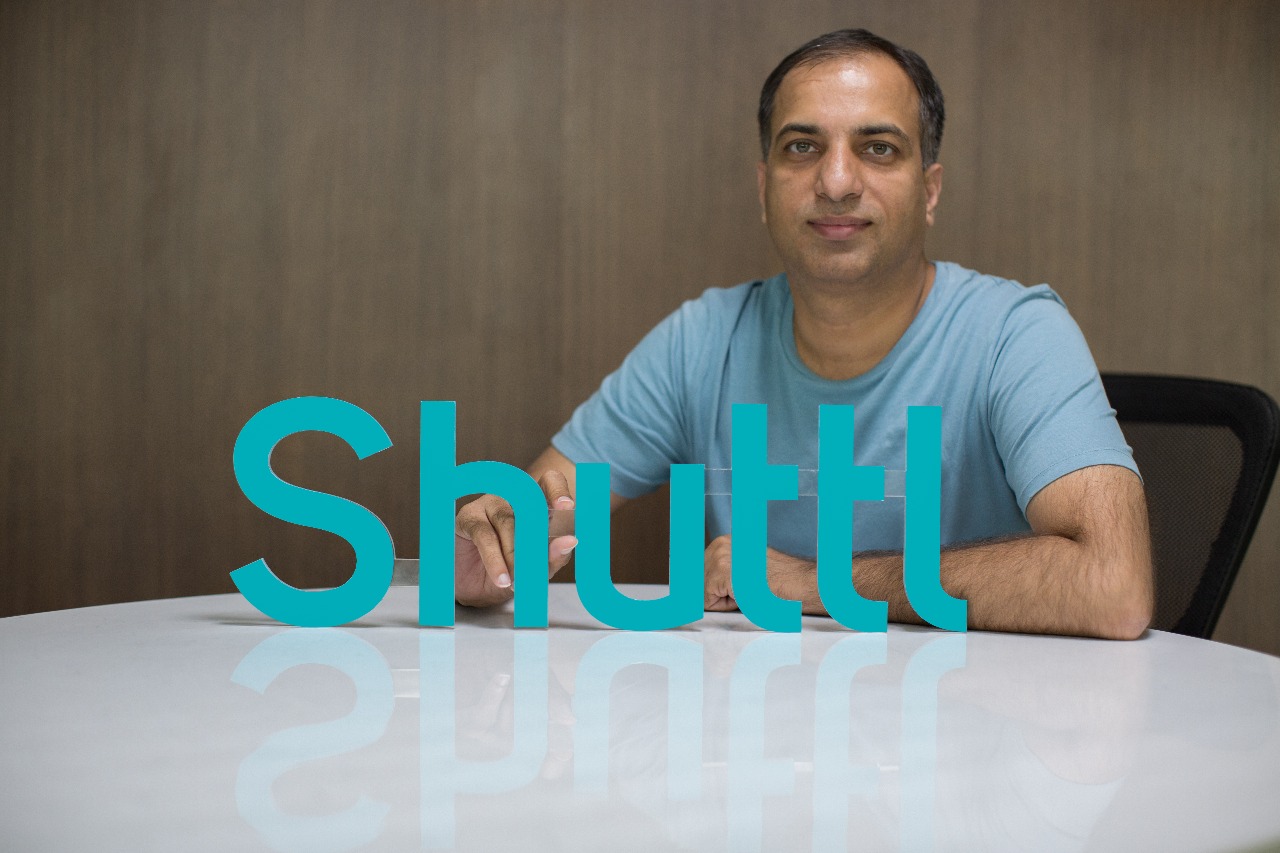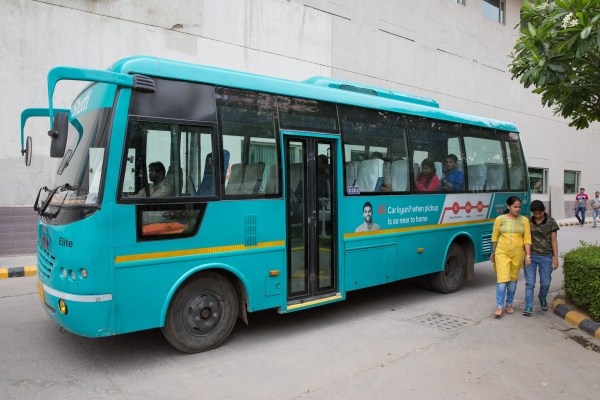Miles away from the fancy parts of Gurgaon, where a cohort of Uber and Ola cars race all day to dot the surrounding, hundreds of people are working on a different solution to contribute to India’s push for improved mobility.
When Uber entered India six years ago, and its local rival Ola began to expand in the nation, many thought the two cab services will be able to meet the needs of most Indians. To be sure, the heavily discounted cab rides in the early days meant that the two companies were able to quickly scale their businesses to dozens of cities and were clocking about three million rides a day.
But in the years since, it has become clear that Ola and Uber alone can’t serve the masses — a significant portion of which lacks the means to book a cab ride — or magically circumvent through India’s alarmingly congested roads. This has resulted in the emergence of a growing number of electric bike makers such as Yulu — which partnered with Uber last month, Vogo — which is backed by Ola, Bounce, and Ather Energy that are both showing promising growth and attracting big bucks from investors.
For four years, another startup has been quietly working on expanding its platform. But unlike the bike startups and cab aggressors, it is betting on buses. Shuttl operates over 1,300 buses in more than 300 routes in five cities of India. The platform serves more than 65,000 customers each day.
Shuttl, too, hasn’t had much difficulty in attracting capital. It has raised about $48.5 million to date. TechCrunch recently learned that the startup was in talks with investors to raise an additional $50 million. Amit Singh, cofounder and CEO of Shuttl, declined to comment on the upcoming funding round. But he sat with us to explain his business and the challenges it comes with.
One of the key questions that we keep hearing from industry executives is about Shuttl’s slower growth. Why can it not scale like Uber or Ola? Uber operates in nearly 40 cities in India while Ola serves in 110. So what gives?
Not like Uber
“When you’re talking about a cab business, you are solving for consumers starting day one. So let’s say Uber launched in Delhi. You, as a customer, open the app and the cab driver will be five minutes away, or 15 minutes away or 25 minutes away. But the service is imminently taken care of by the model itself,” Singh explained.
“If they sign up a large number of drivers, they can service a city rather quickly. For buses, it is different. For one, a bus is not going to show up to a customer’s door. So you have to first figure out different routes. You have to identify a route, establish pick-up points, train drivers, and persuade customers to follow these routes,” he added.

Amit Singh, co-founder and CEO of Shuttl
If you look closely, even more challenges emerge. Often people will show up to a pick-up point, but they are unsure if it is the right place. “There is no physical validation — like a Starbucks outlet nearby. It’s just a point on the map,” Singh said.
Additionally, he said that for companies like Uber and Ola that have already proven their business model in one market, it is easier for them to enter other markets and replicate the success. Same isn’t true of Shuttl. “In our case, we have to prove everything. This model does not exist anywhere,” he said.
Shuttl is not even following how existing state-run and private buses operate. Instead, Shuttl is trying to serve niche needs where it identifies dense clusters of neighborhoods where enough people travel each weekday to certain crowded clusters of office spaces.
Today, Shuttl, in part, determines new routes based on the location search queries made by new users. “We don’t need the exact address, because we don’t have to deliver food to them. We just need to know the building where someone lives,” said Singh.
Of all the challenges Shuttl faces in its expansion, one thing that has worked for it is the response from its existing consumer base. It has built a subscription business and most of its passengers today have already switched to it.
Women safety
More than 40% of Shuttl’s passengers are female, who find the rides on its buses a safer commute option. This is a promising feat, as women only make up for 20% of India’s workforce, according to industry estimates. Part of this has to do with investment Shuttl has made in building safety systems on its platform.
In 2017, Shuttl integrated a dozen emergency features on its platform. One feature allowed passengers to ring the alarm or panic button, either of which automatically slows down the bus until stopping it completely at the nearest bus stop. It also added a live video feed that any passenger could share with their loved ones.
Another mandatory feature requires drivers to identify themselves before starting the journey and take an instant alcohol test. Passengers, who are required to book a ticket in advance of riding the bus — different from how traditional buses operate in India — are also authenticated before they can get on with their rides.
Shuttl has picked up pace in the last one year. In that time, it has entered four new cities (up from just one), and added about 600 new buses to its platform. The company plans to add another 1,000 buses in the next 12 months, Singh said. It has also added about 15,000 new customers.
India remains an enormous market, serving people of many kinds with different needs. Shuttl’s Singh said the recent adoption growth has been promising. “We are inching closer to that escape velocity, which once you have hit, you start to grow very fast,” he said. The firm’s next round, which we have learned could come in the coming months, could further accelerate that growth.
Silicon Valley giants donning a VC hat in India
Last year, Shuttl also received the backing of Amazon, which led an $11 million invested in the firm. “Amazon got interested in us, partly, because we are a high frequency service. In long term, there are a number of things we can do together like perhaps placing a vending machine in our buses,” he said.
Amazon, Google, and Facebook, all of which count India as their fastest growing market, have begun to invest in startups in the nation in recent years. Amazon, for instance, has also invested in BankBazaar, a startup that helps users compare financial services; and Acko, an insurance provider It has also invested in payments startup Emvantage, gift cards business QwikCilver, home services provider HouseJoy, publishing house Westland, and retail chain Shoppers Stop.
Google has backed hyperlocal concierge app Dunzo. Facebook, which acquired an Indian startup that analyzes Android app’s performance five years ago, invested in social commerce startup Meesho earlier this month. It was the first time Facebook is taking some equity in an Indian startup.
Ajit Mohan, VP and managing director of Facebook India, told TechCrunch in an interview that the firm was going to make investments in many more startups in India in the future.
